Square Gate Valve Overview
A square gate valve is a fundamental component in various industrial applications, designed to control the flow of materials through a square-shaped passage. Predominantly utilized in the regulation of liquid, gas, and slurry flow, these valves are integral to systems requiring precise flow management.
Types and Materials
The diversity of square gate valves is evident in their range of types and materials. Square knife gate valves are a subtype known for their sharp edge, which is particularly useful in cutting through thick liquids or slurry. Material-wise, options vary from durable stainless steel, corrosion-resistant alloy, to robust carbon steel, catering to different environmental and operational demands.
Design and Features
Square head gate valves are recognized for their distinct head design, which allows for easier manual operation. The design of these valves often includes a rising or non-rising stem, with the former providing a clear indication of the valve's status. Features such as seat design and stem packing are meticulously engineered to ensure reliable performance and longevity.
Applications
The application of square gate valves spans across numerous industries, including water treatment, mining, and agriculture. Their ability to handle a variety of mediums makes them versatile, while the square port knife gate valve is specifically tailored for applications involving viscous fluids or slurry.
Advantages
The advantages of using a square gate valve include its structural integrity and efficiency in flow control. The square design facilitates a tight seal and minimal pressure drop across the valve, which is essential for maintaining system efficiency. Additionally, the variety of materials available allows for customization based on specific operational requirements.
Selection Considerations
When selecting a square gate valve, factors such as the type of fluid, pressure, temperature, and the environment in which the valve will operate should be considered. It is crucial to match the valve material and design to the intended application to ensure optimal performance and durability.



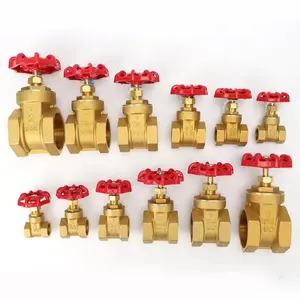

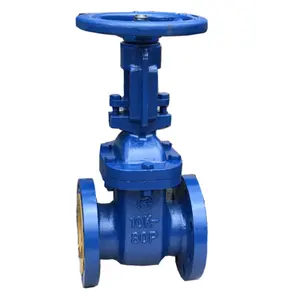
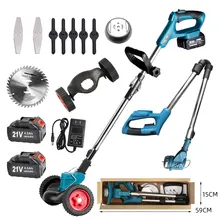
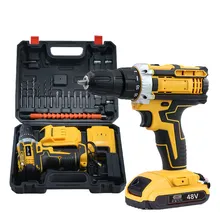
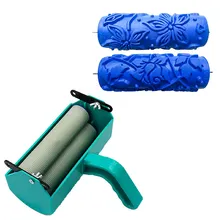

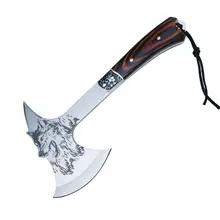
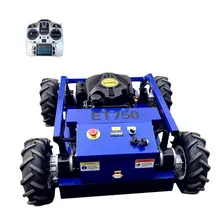

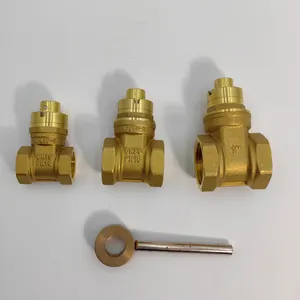



























 浙公网安备 33010002000092号
浙公网安备 33010002000092号 浙B2-20120091-4
浙B2-20120091-4